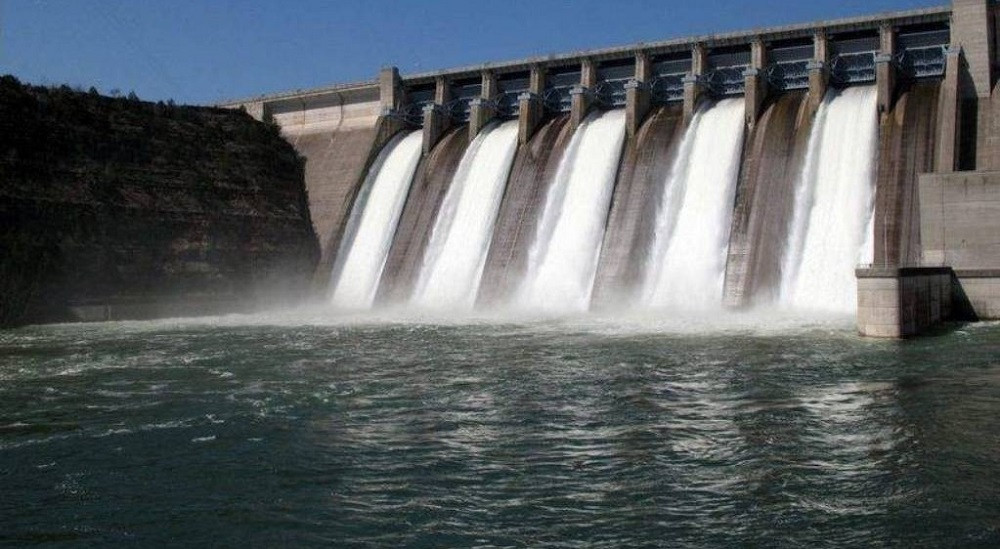

HUMLA: A 335-megawatt hydropower project named Humla Karnali II Hydropower Project is set to be developed in Nepal’s remote Humla district, one of the least developed regions in the country. Preparations for its construction are now underway.
The project’s Environmental Impact Assessment (EIA) process has begun following the recommendation of the Ministry of Energy, Water Resources and Irrigation, and the Ministry of Forests and Environment has taken charge of advancing the study.
The project will be developed by Ruru Hydropower Company Limited. Located across Kharpunath Rural Municipality and Sarkegad Rural Municipality of Humla, the ministry has already issued a public notice calling for suggestions and feedback regarding the EIA.
The project will require about 47.13 hectares of land. Under Nepal’s Environment Protection Act 2019, all hydropower projects generating over 50 MW are required to undergo a full environmental impact assessment, in line with which this study is progressing.
Being a run-of-river project on the Karnali River basin, the project is considered strategically significant.
The Humla Karnali, known as a perennial snow-fed river, adds to its importance for clean energy generation.
The proposed project will have a design discharge capacity of 118.70 cubic meters per second and include two diversion tunnels—545 meters and 542 meters long, each with a diameter of 9.5 meters.
The plant is expected to generate 609.89 GWh of electricity during the dry season and 1,184.83 GWh during the wet season.
Power produced by the project will be transmitted via a 20-kilometer-long, double-circuit, 400 kV transmission line connecting it to the Mugu Karnali Hub.
A total of 56 households will be directly affected by construction, and 188 trees will need to be felled.
The project’s estimated cost per megawatt is Rs 217.6 million, bringing the total cost to approximately Rs 72.9 billion.
During construction, it will employ around 1,805 workers, and about 115 people will be employed during the operation phase.